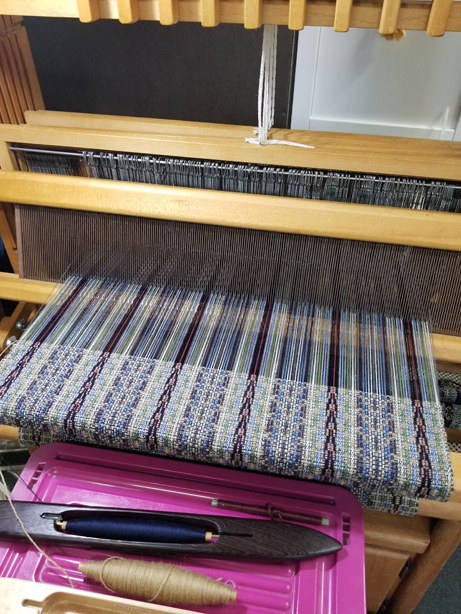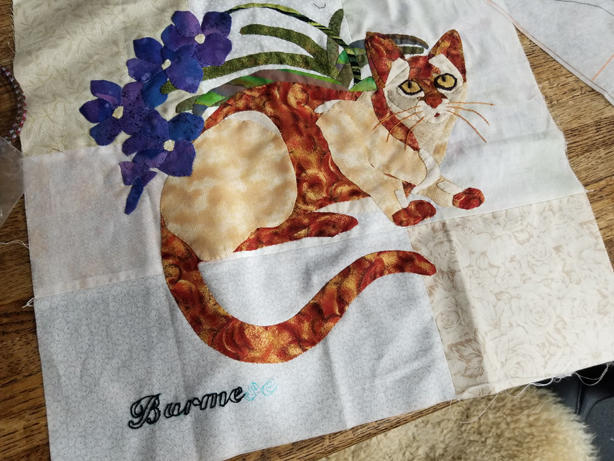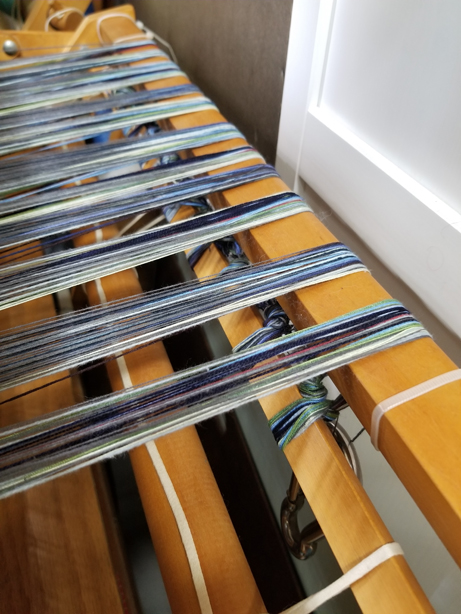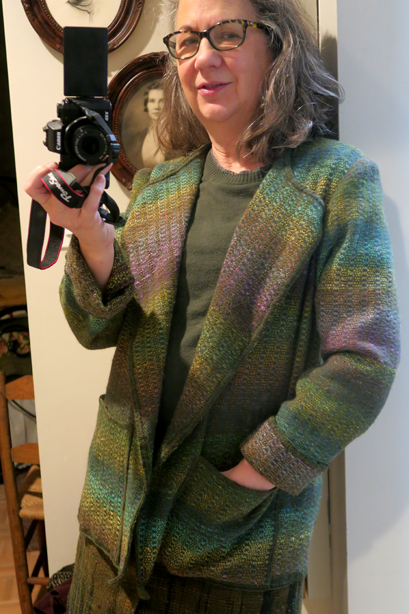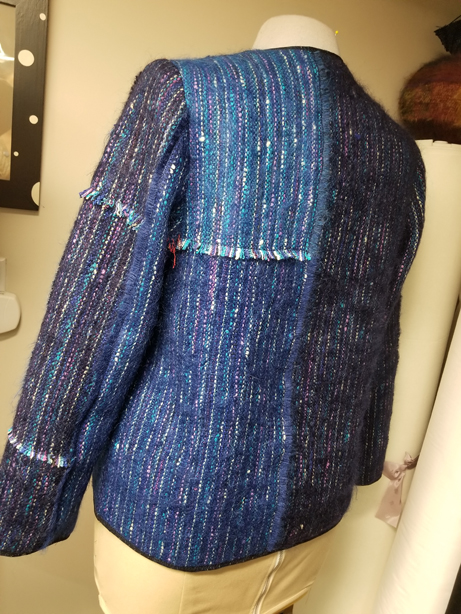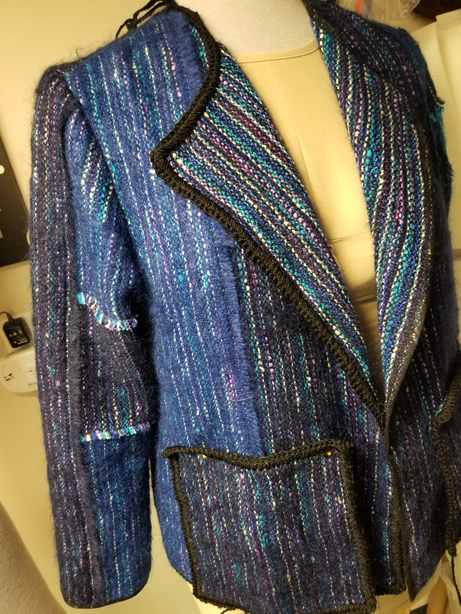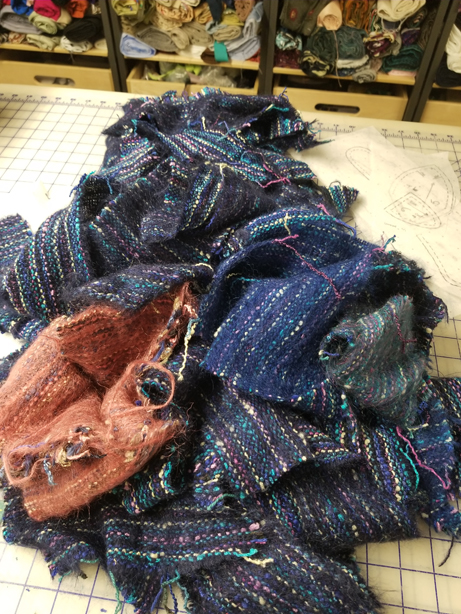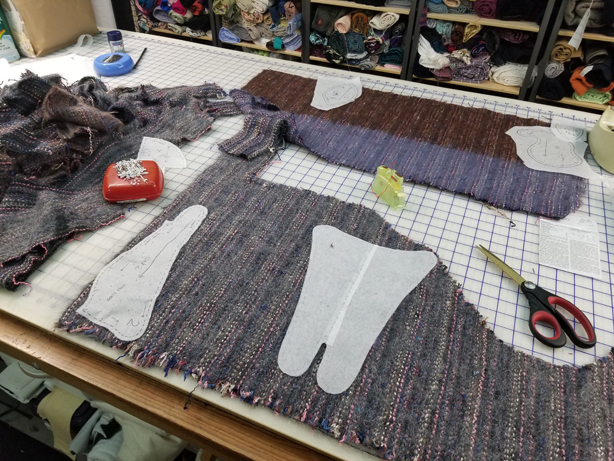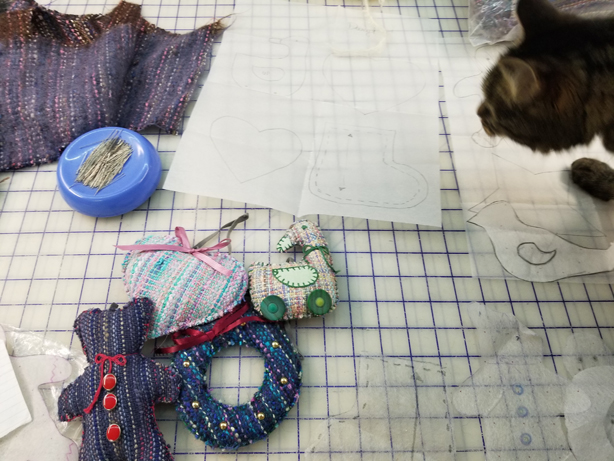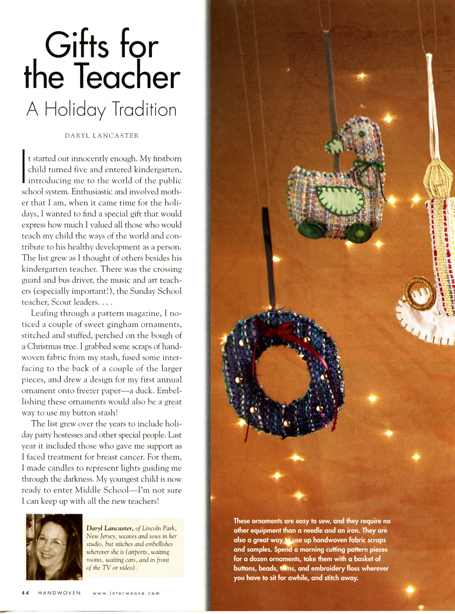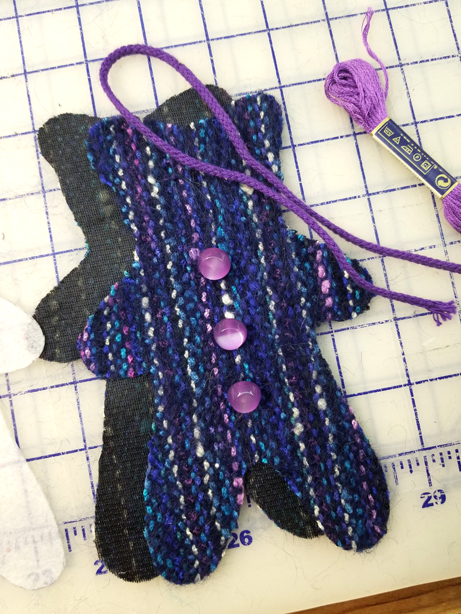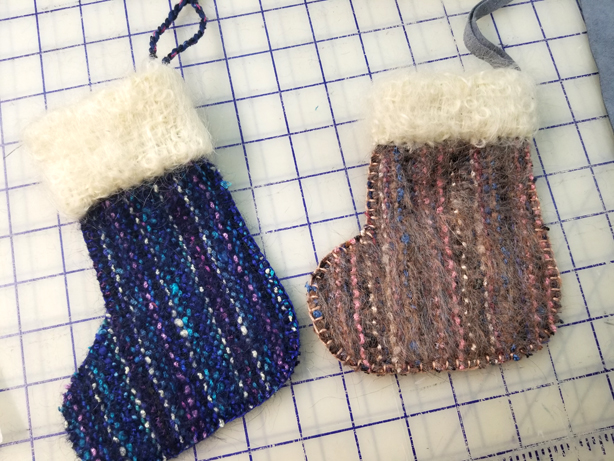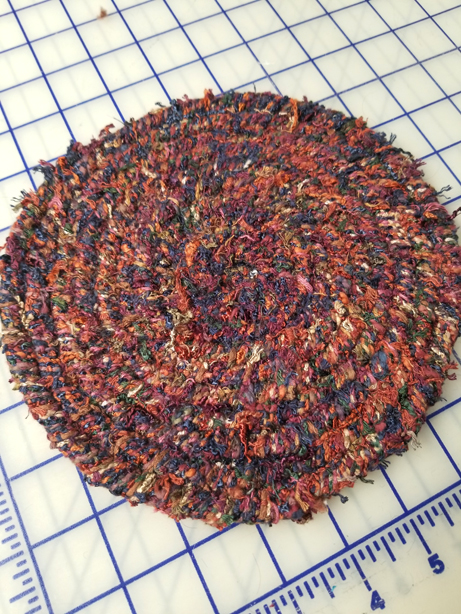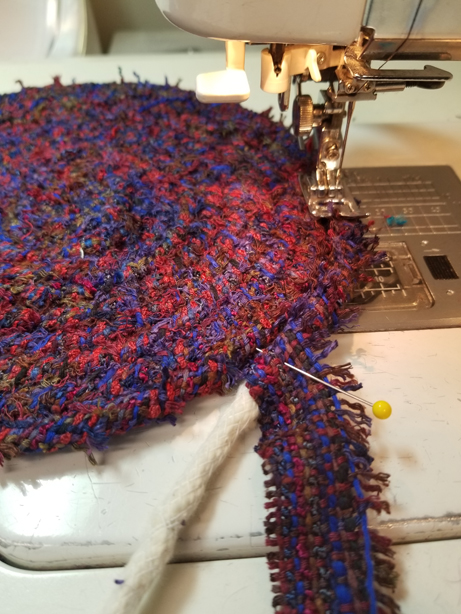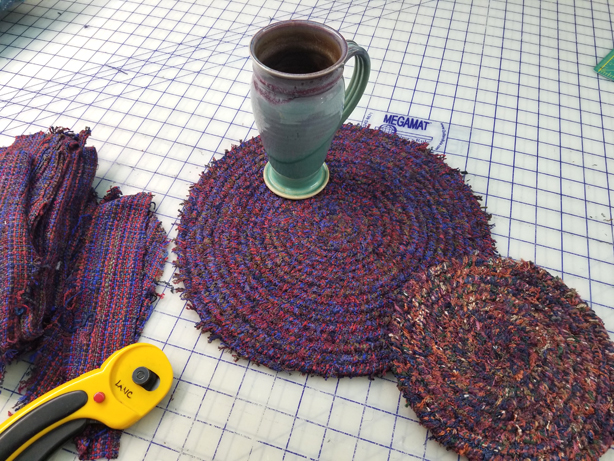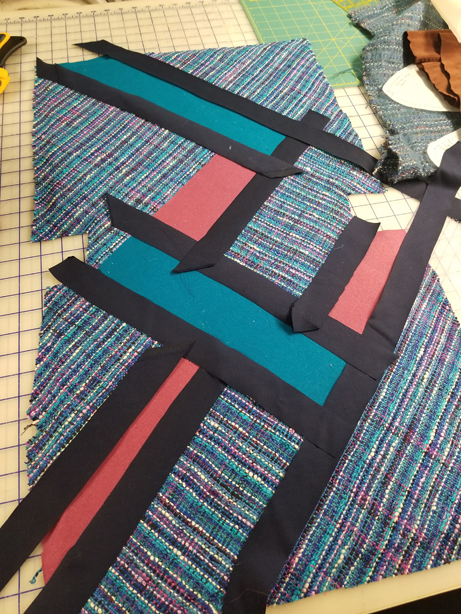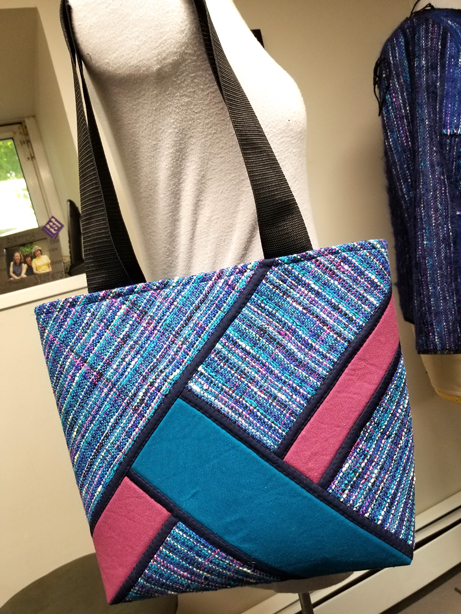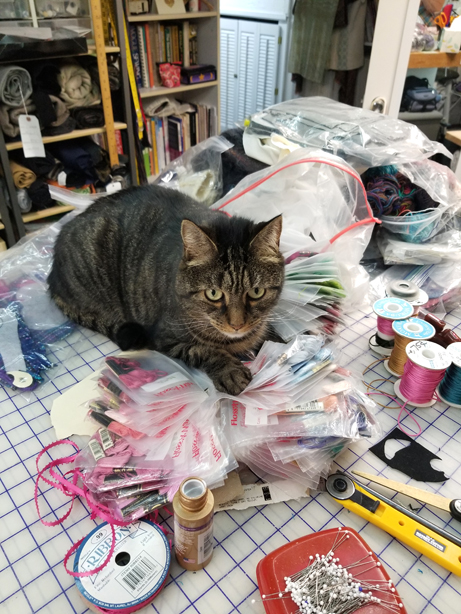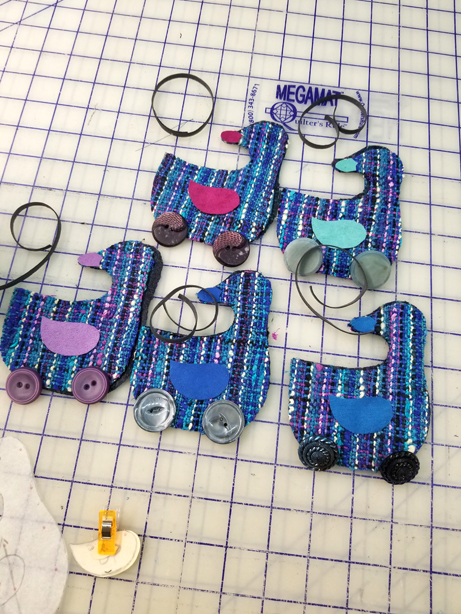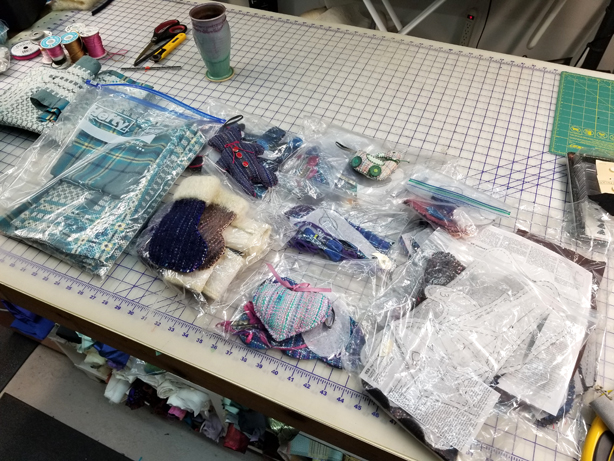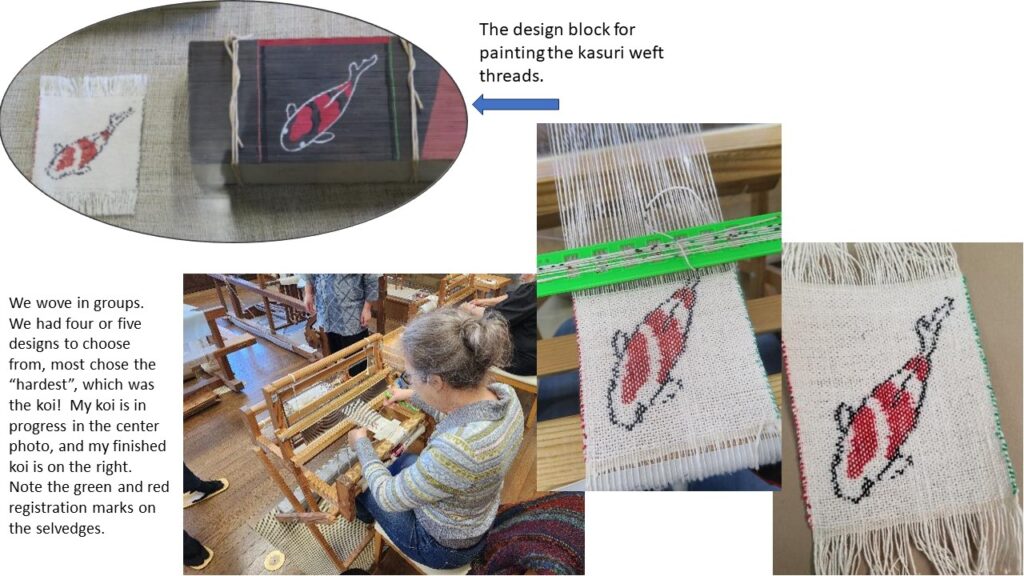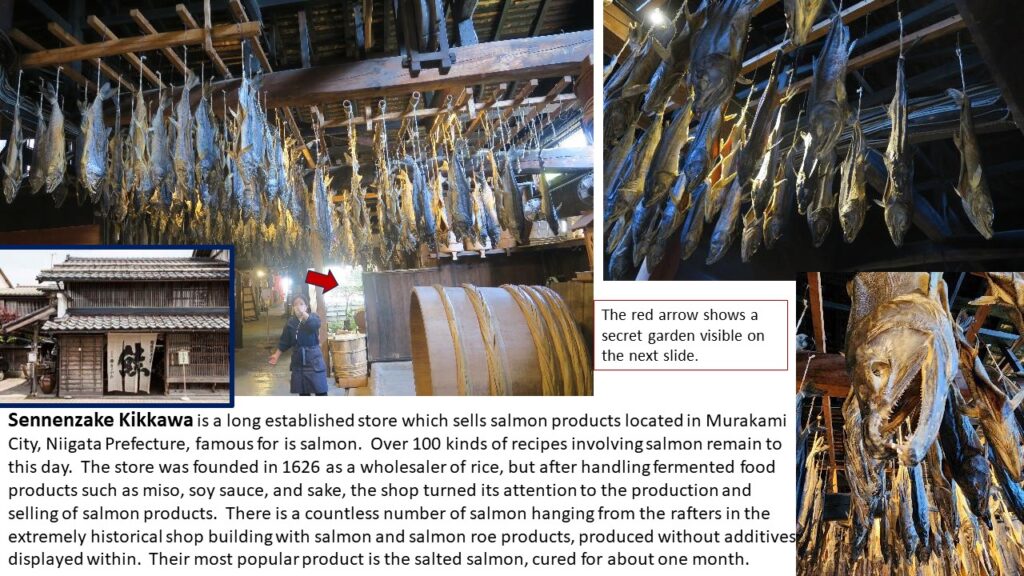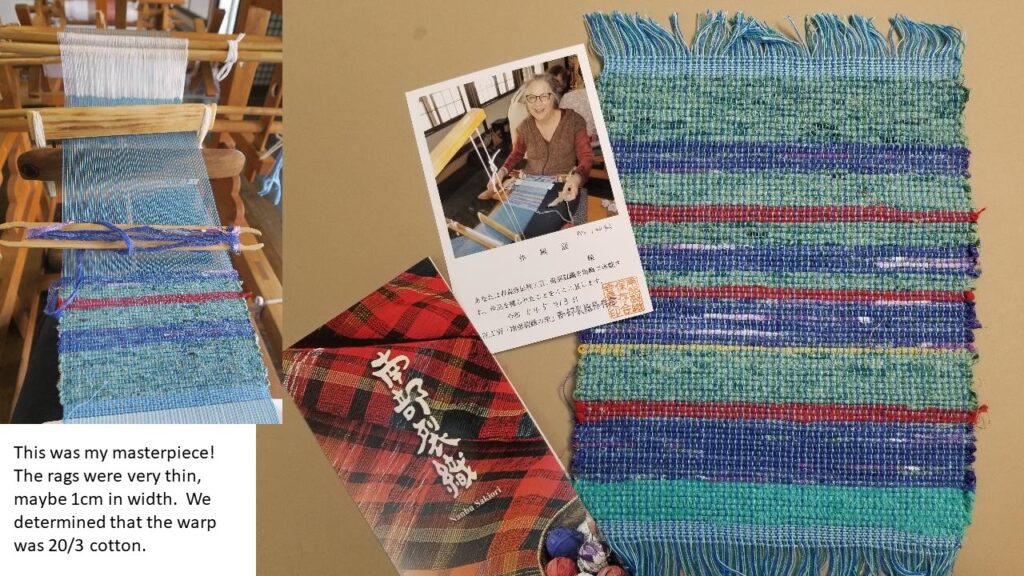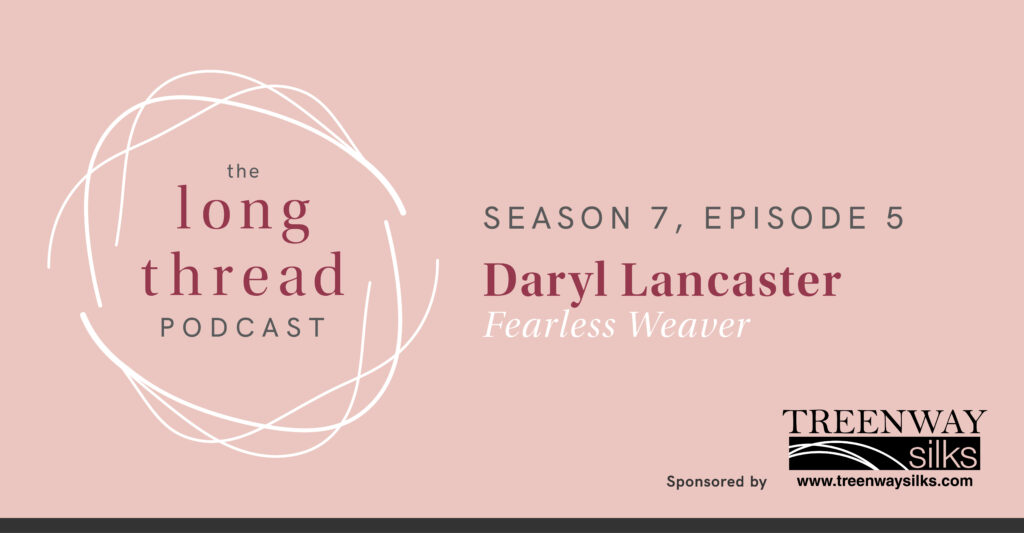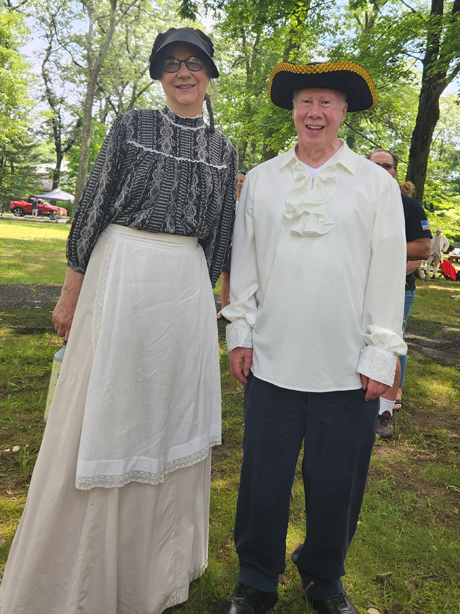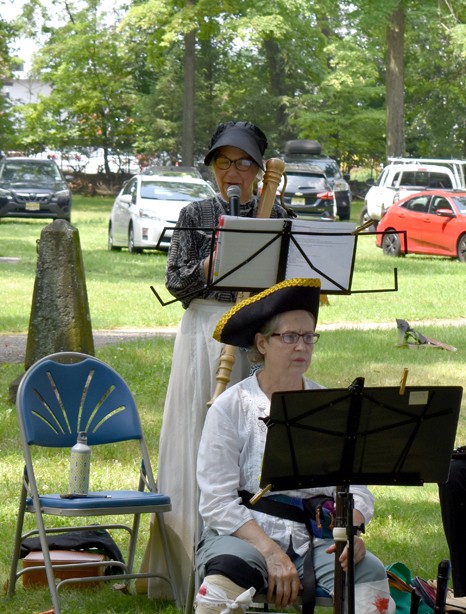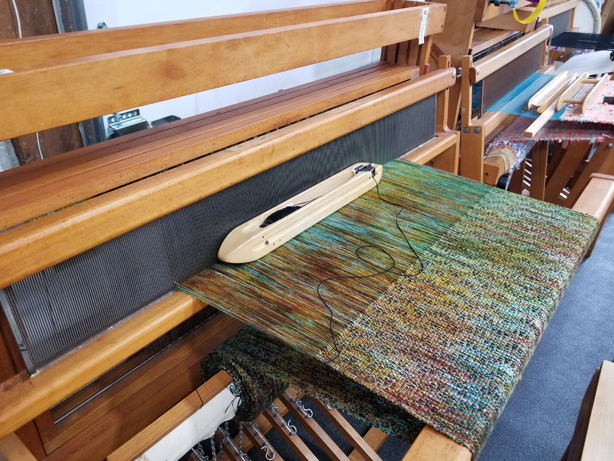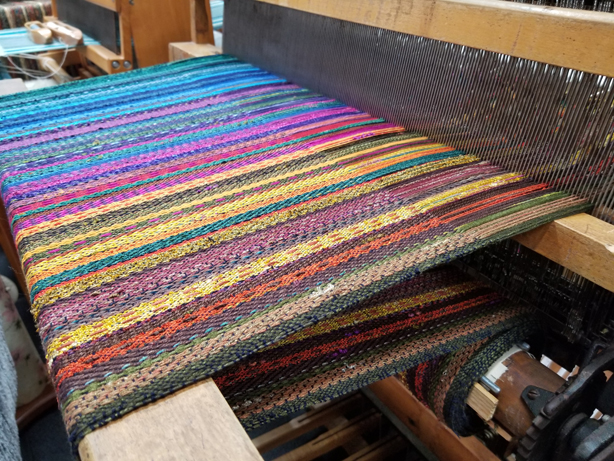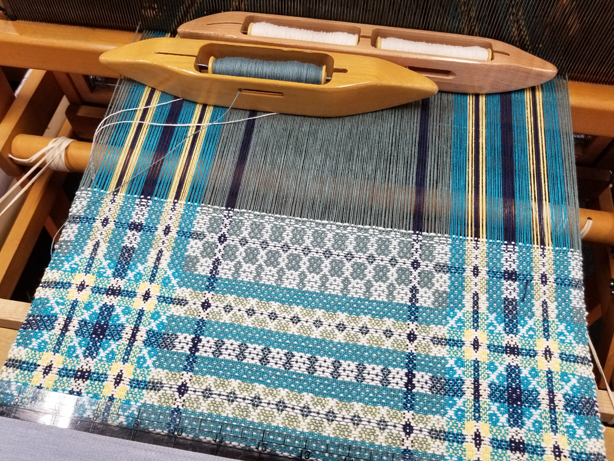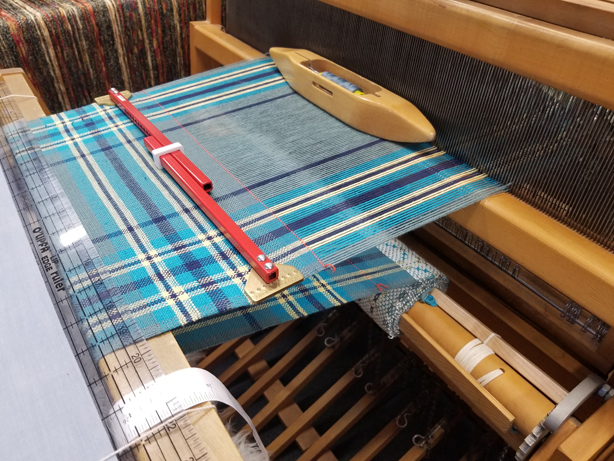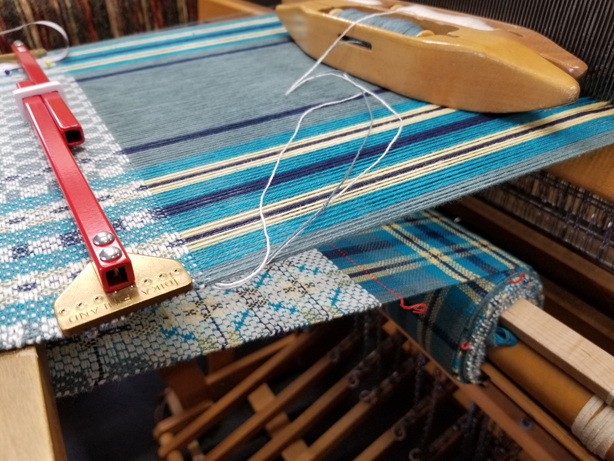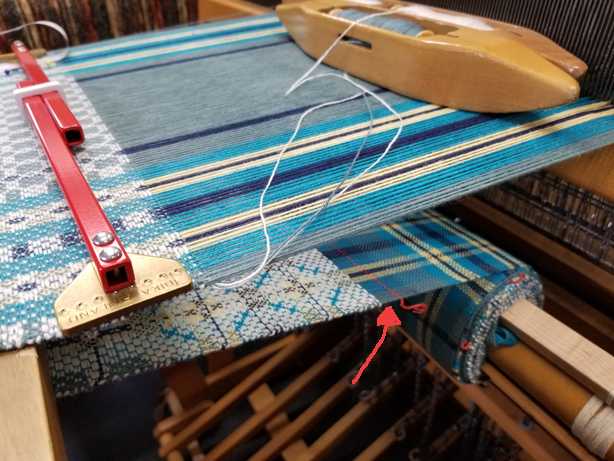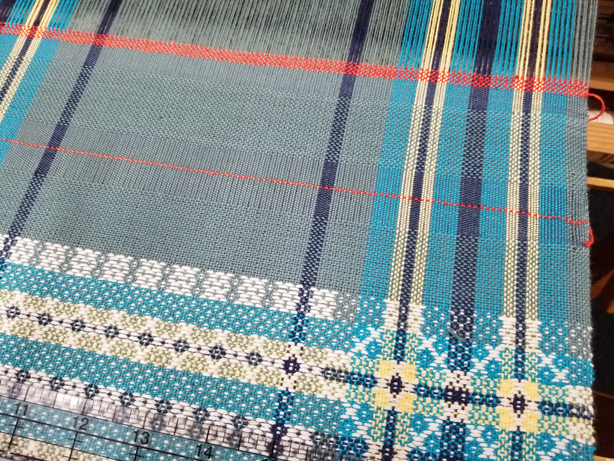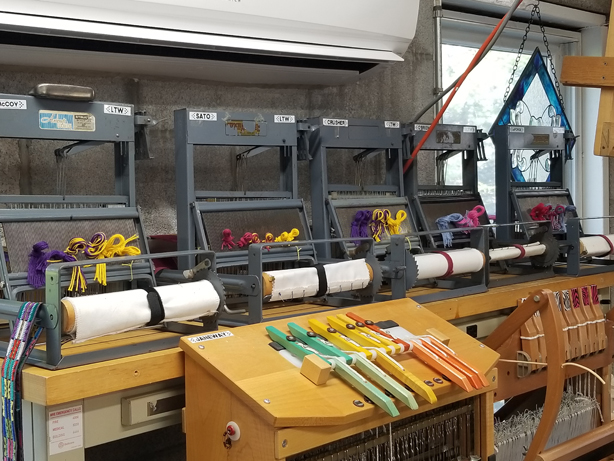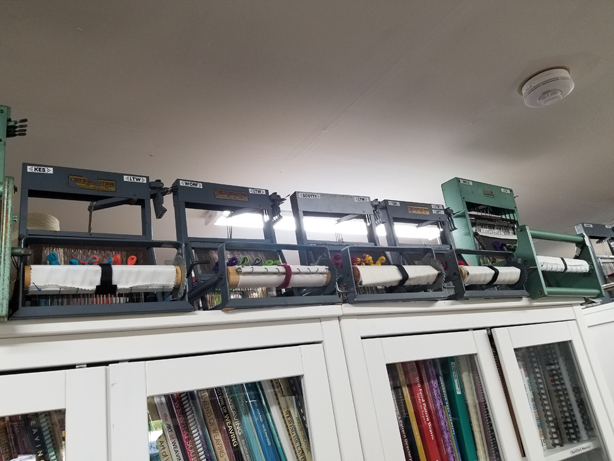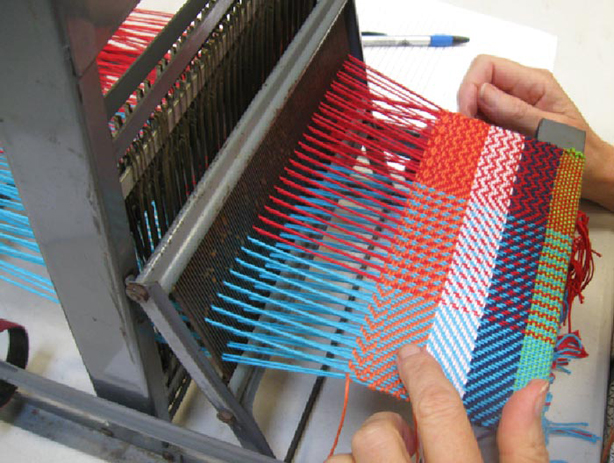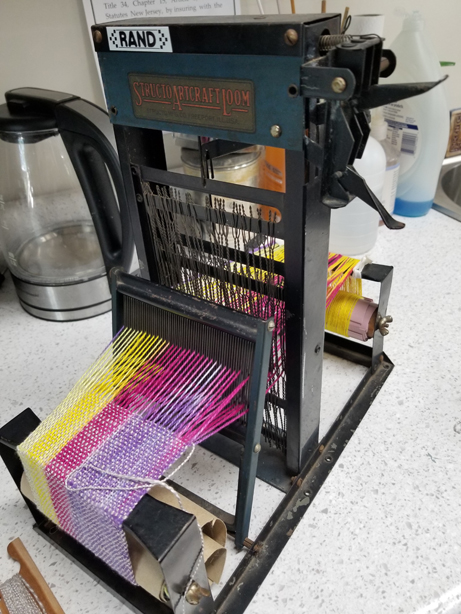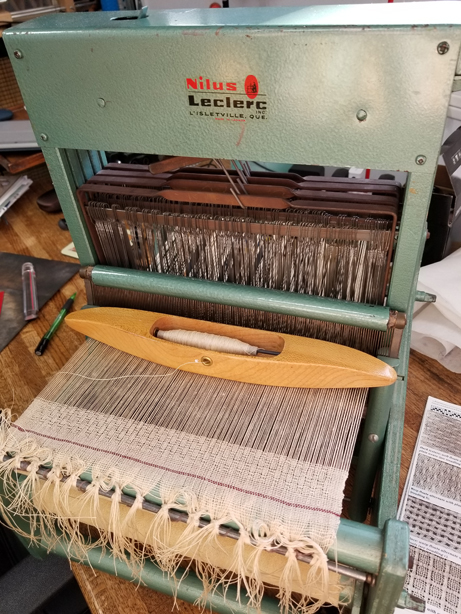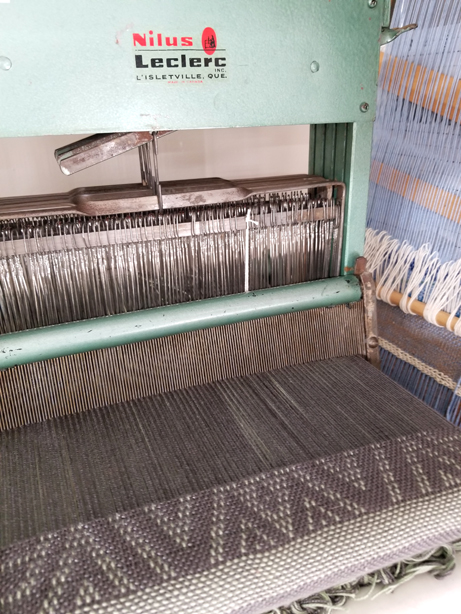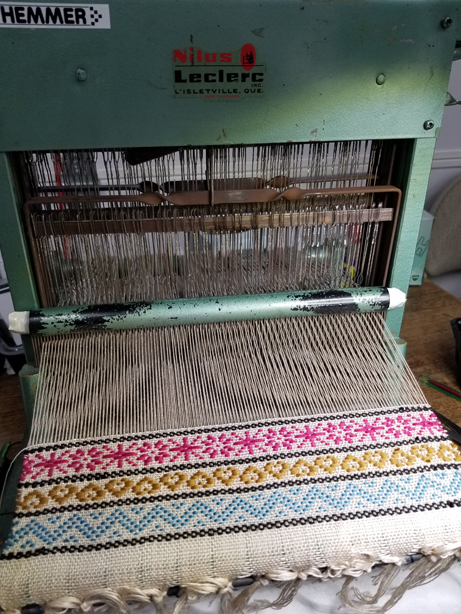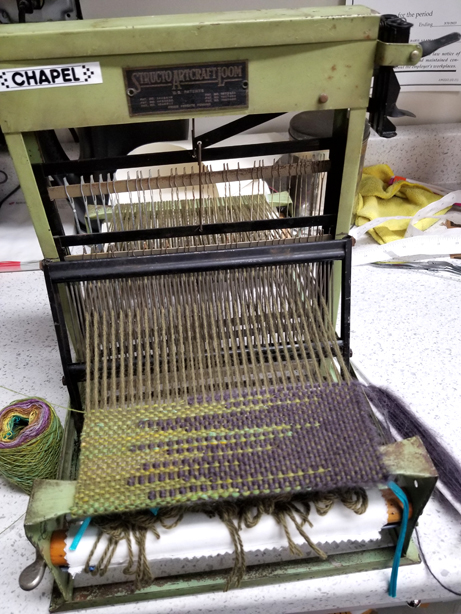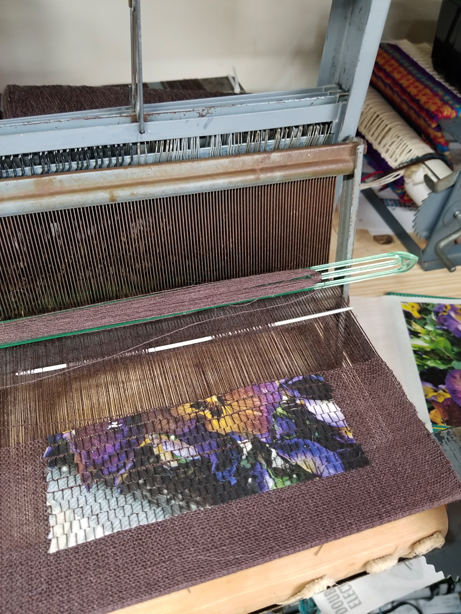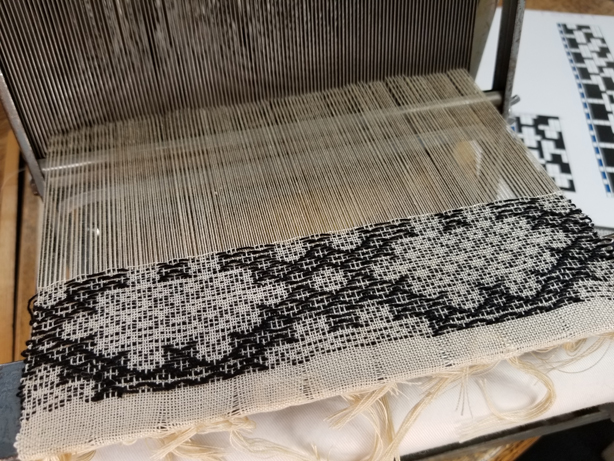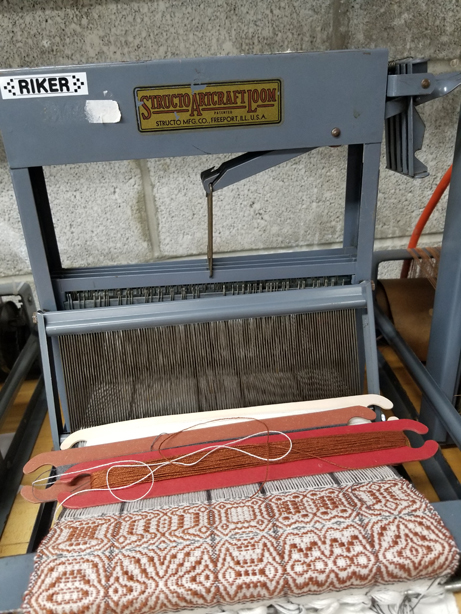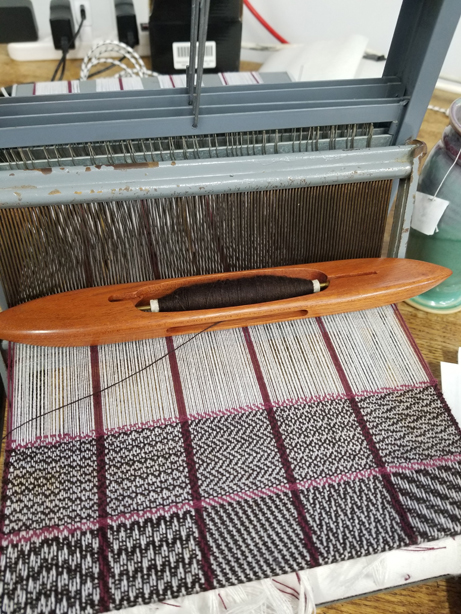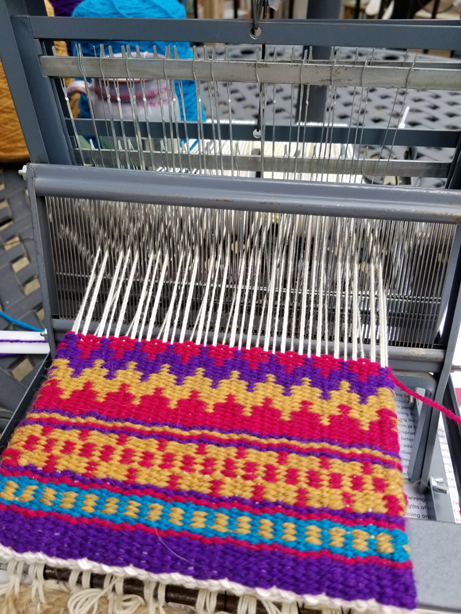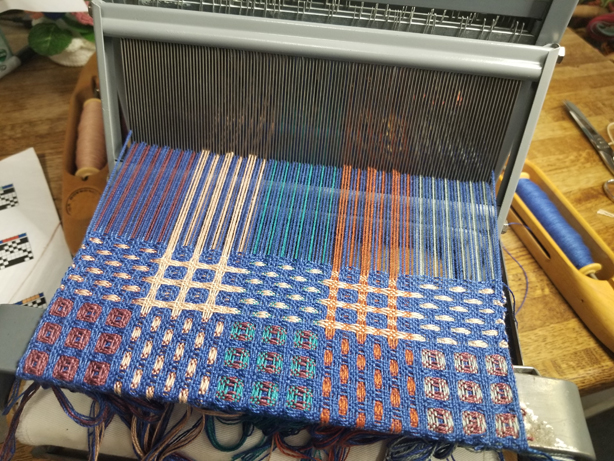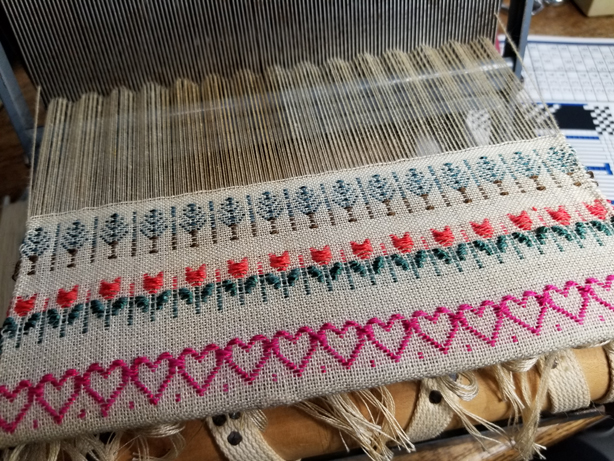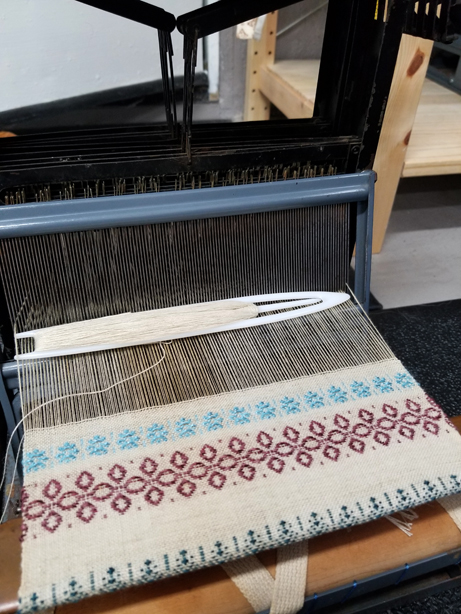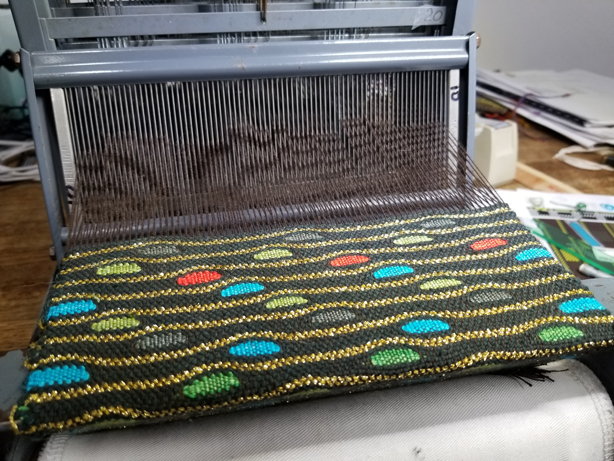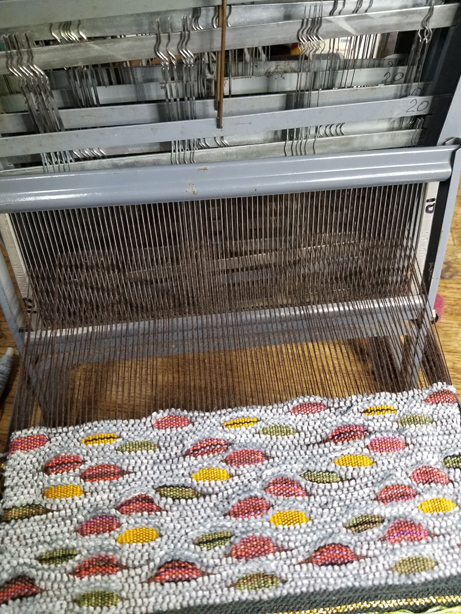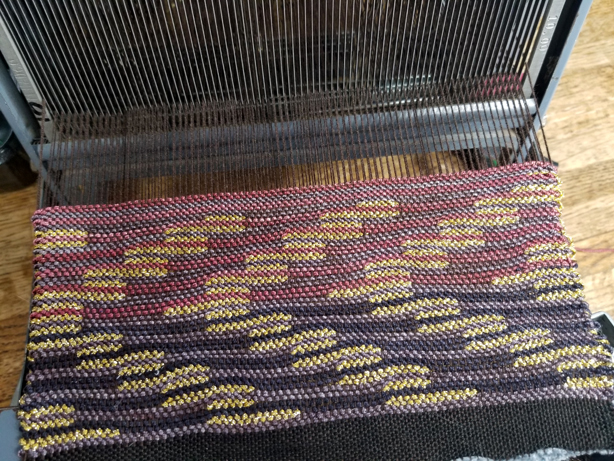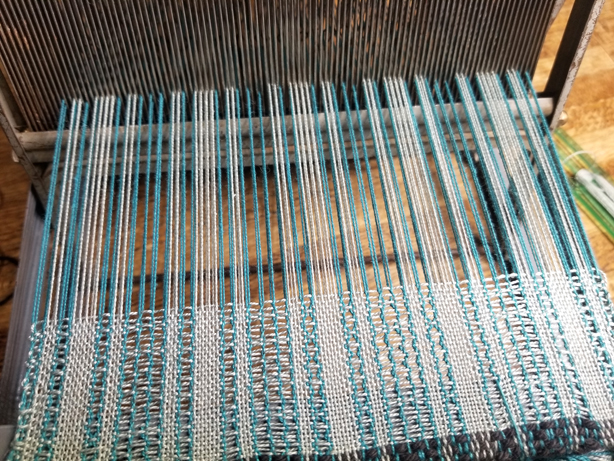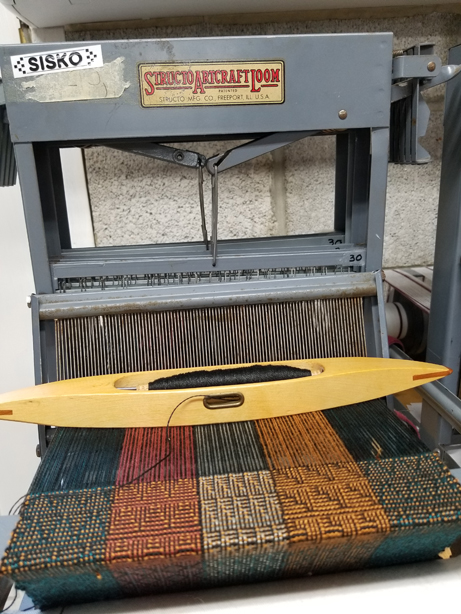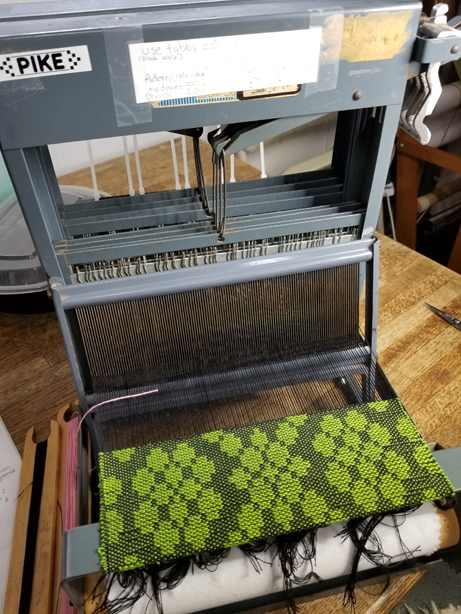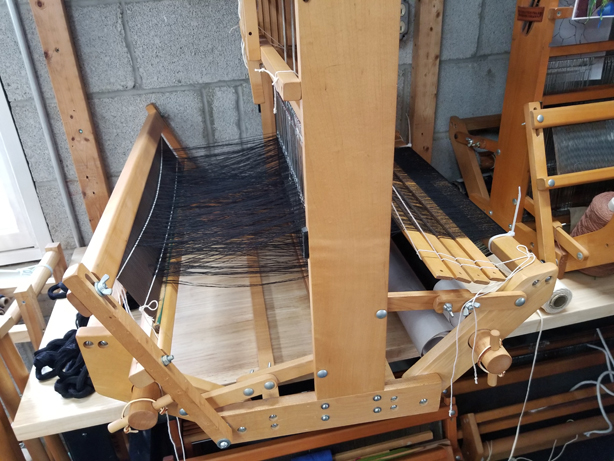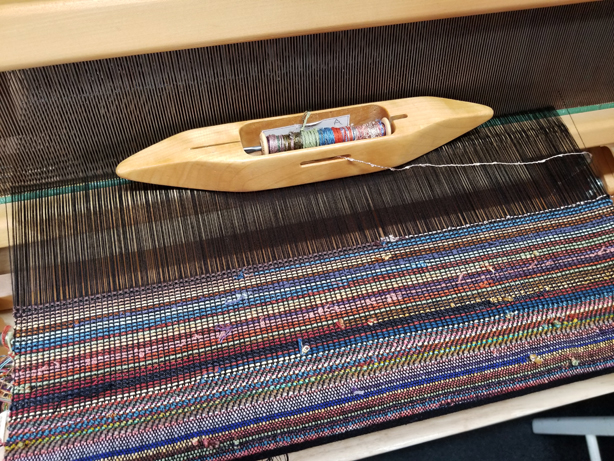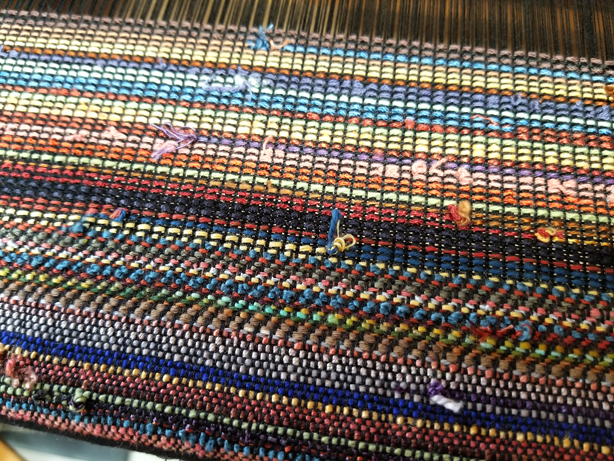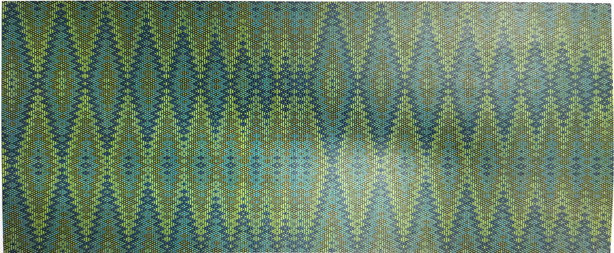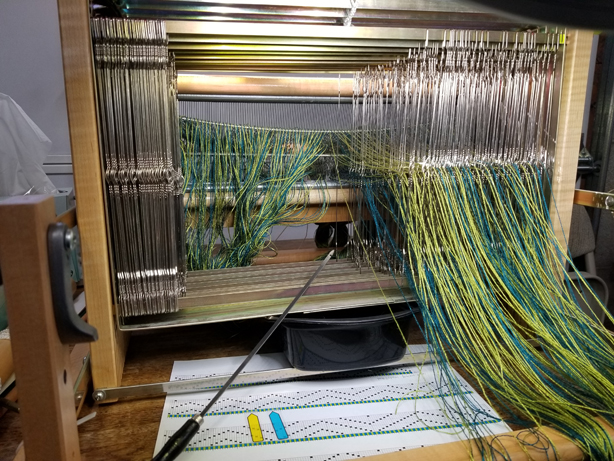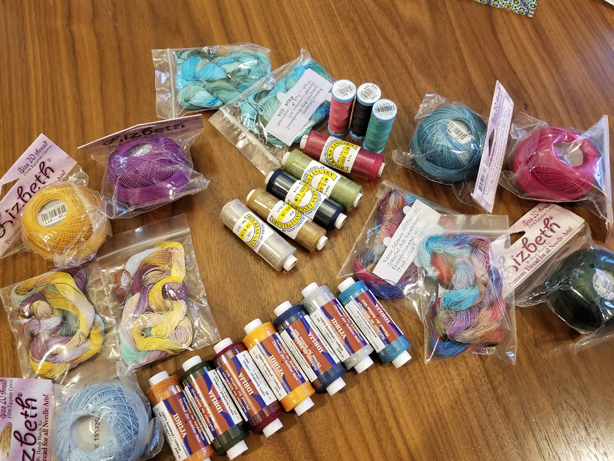This has been one crazy month, just like old times. Which I would have been happy just leaving in the past. But I have no one to blame but myself, adding so much to the calendar, I felt like I was running on five cylinders for a month straight. It was all good stuff, but oddly enough, bad social media influencer that I am, I took almost no pictures.
I had a pair of students in for the week just prior to my guild sale. They made lovely jackets. I took no pictures.
My guild sale the first weekend in November was a smashing success. Record sales. I was there for the Friday night opening and all day on Saturday. Selling my little heart out. Just like I used to do in the 80’s when I did craft fairs. I took no pictures. There were others assigned to that job. But nothing to share with you. Except these two images of my work packed up ready to go to the sale on that Friday morning.
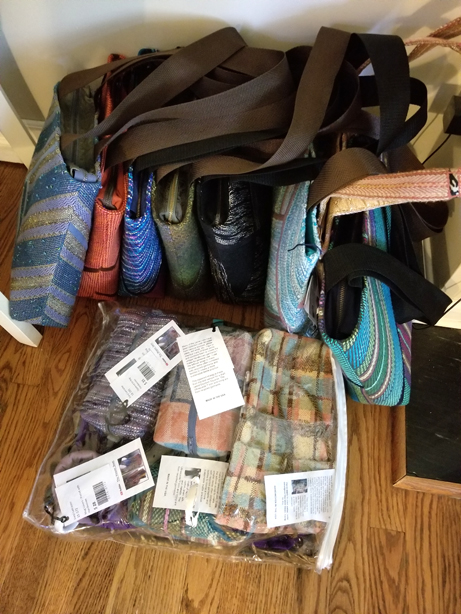
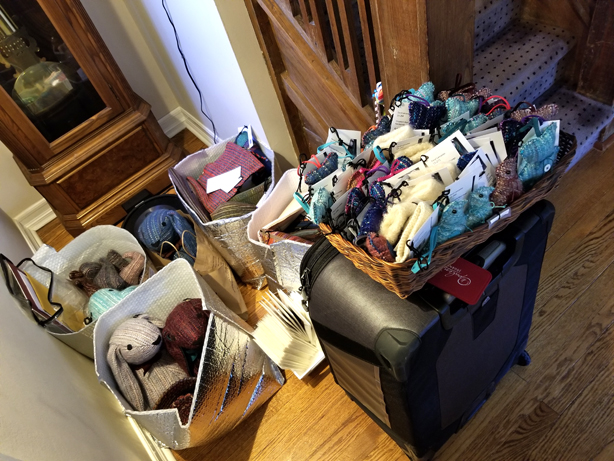
In the end, I sold a lot of stuff. All of the bunnies are gone, and three of the four squirrels. Almost all of the totes went, and a large number of greeting cards. Almost all the work I showed in the last post has gone to new homes. One of the buyers of my handwoven ginger jar was so pleased with it, she posted a photo in her own blog after her husband picked up some pretty fronds.
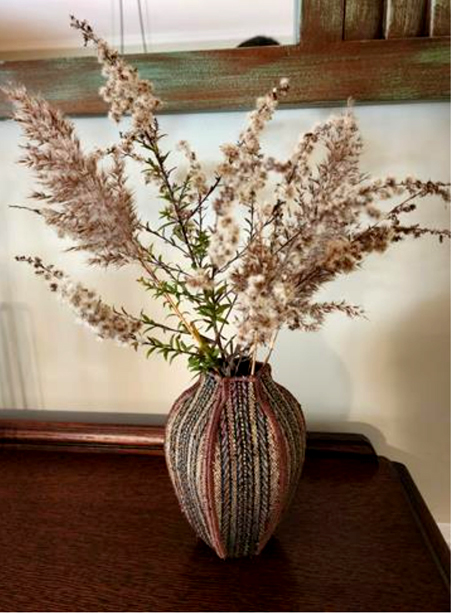
The rest of the leftover goodies from the guild sale that didn’t sell, went on to the Shakespeare Theatre for their Pop-Up Shop during their final production for the season, A Midwinter Night’s Dream. The show opens December 6th. This is a particularly complex set of costumes and I’ve spent a lot of hours there volunteering as a stitcher. I’m heading there tomorrow as well. Of course, there are no pictures.
The Shakespeare Theatre had its annual gala/cabaret fund raiser the weekend after the sale. Lots of glitter and sequins. I wore this long vest. I took no pictures of course. It was a fabulous event. There is a knitting group associated with the Theatre, called ShakesPurls. I sat at a table with them. Lovely to be with like-minded people when surrounded by incredible theatrical talent.
And work continues on the complete destruction of my yard. My invaluable handyman, who has taken all this on as a personal project, has removed nearly 30 invasives, mostly Japanese Barberry, and couple of surprise Callery Pears, and a few Japanese Honeysuckle. There is lots more, but I managed to find maybe a handful of plants that aren’t invasive, a few hiding American Holly, and a Ninebark, which I didn’t know I had. I took no photos. Except, before all the leaves dropped, I tried to identify what’s left, using a plant finder app, and each time I focused in on a plant I got something like this… Sigh…
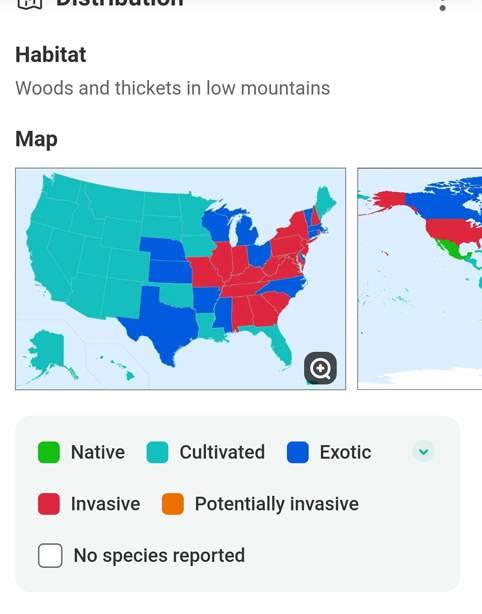
I, of course, live in the northeast, that little smudge next to Pennsylvania, little dense NJ. Lots of corporate landscaping. All lawn and invasives.
I had another student, one of my dearest long time students who studied with me at Sievers, came for the week. We worked on a gorgeous Harris Tweed plaid she bought in Scotland. We made a fantastic coat. I took no pictures.
Thanksgiving was Thursday. My daughter and I drove to my son’s apartment in the next county, where he cooked a lovely Thanksgiving salmon dinner. She grabbed a photo of him cooking. I took one picture, of my dinner plate.
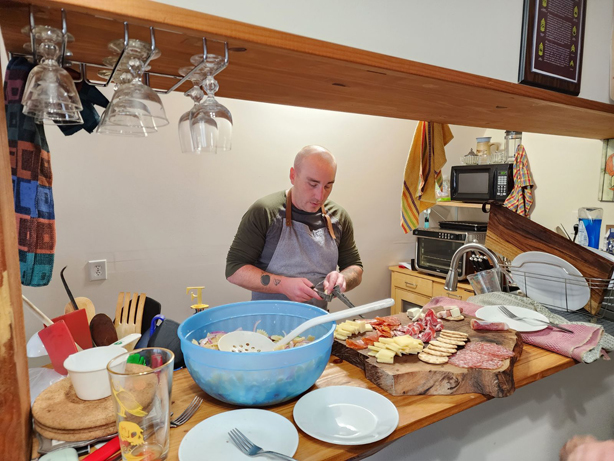
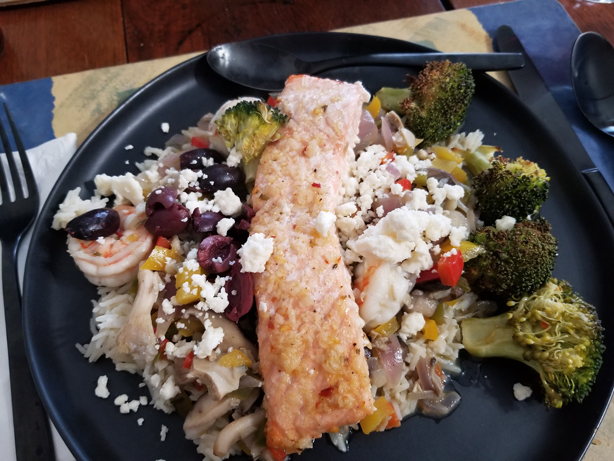
However, my head has not been idle… I look at my yarn shelves, which are overflowing, no more room at the inn so to speak. I picked a random style of yarn, a 3.75/3 cotton, in eight colors, from Peter Patchis, and sat looking at it for a couple weeks. It is a bulky unmercerized 3-ply yarn, and rugs came to mind, but I’m not really a rug weaver. I’ve always wanted woven bath towels, but could this really work? I looked at Waffle Weave structures, and have been thinking and perusing ideas, looking at books in my studio, and along comes an article by Elisabeth Hill in the Nov/Dec 2023 issue of Handwoven Magazine, talking about tutu’s. Not what you are thinking of. Apparently, when you weave a very collapsible weave structure, and do a plain weave hem on either end, once washed, and the structure collapses, the ends don’t and you are left with a ruffling tutu. I had never thought about it, and duh… That would have been an issue on a large bath towel. The article goes on to explain that by breaking the hems into two layers and doing double weave, that would resolve the density of the warp ends juxtaposed to a collapsed structure.
So I sat with software, and a calculator, and the article, which had examples that didn’t quite work for what I wanted. As a matter of fact, one of her drafts shows a “double weave” that isn’t exactly plain weave top and bottom. But I got the idea. I wanted the waffle cells deep, because of the size of the yarn, so I drafted, and redrafted, and came up with something, on 8 shafts, straight draw. The treadling is a five-end point threading.
I took a deep breath, and wound 10 yards, because that’s how much yarn I had, which would give me four 75″ x 45″ bath towels. Which I knew would shrink probably 25%. This was all a giant guess…
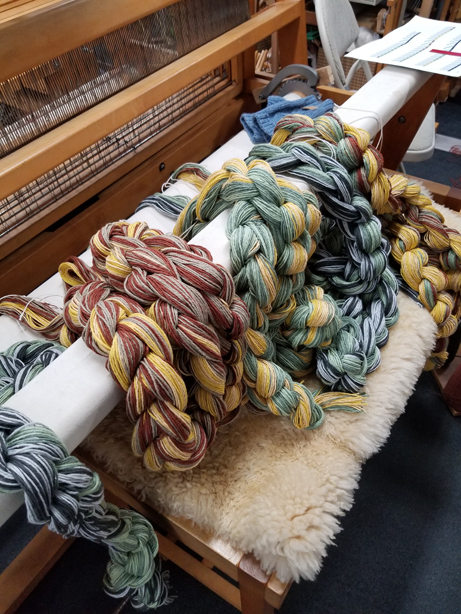
I got the whole thing on the loom last weekend.
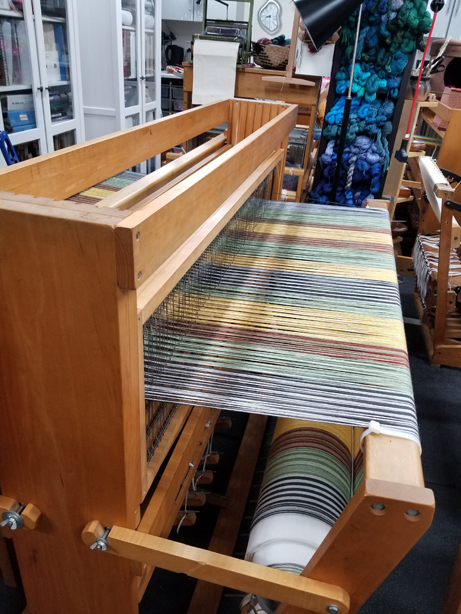
It was pretty important that I sampled, cut it off and washed it, though I’m not sure if it didn’t work what I would do with the 10 yards on the loom. I chose a sett of 12 epi, and it seemed to weave pretty square. I did a double weave hem.

I cut the whole thing off after about 6″, and tossed it into the washer and dryer along with the sheets from my last guest. Hot water wash and a hot dryer.
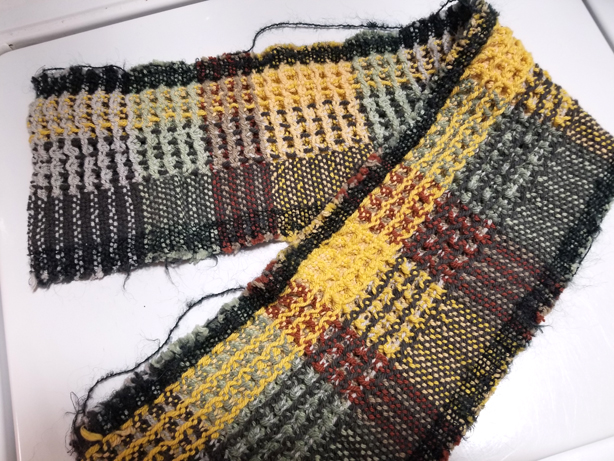
Damn I’m good…
I even tried to dry myself off after the last shower with the small sample. It got wet pretty quickly, but the sample wasn’t enough to wrap myself in, so I really don’t know how well they will perform, and they certainly won’t match my bathroom, but my whole point was to turn yarn on the shelf into something interesting that pushed my skills.
I’m all tied on again, and weaving the first towel. I thought the color changes and treadling sequence which are all carefully orchestrated would be really difficult. It is very easy, though I did have to dig out my widest temple to maintain width on the loom, since this structure collapses even under tension.
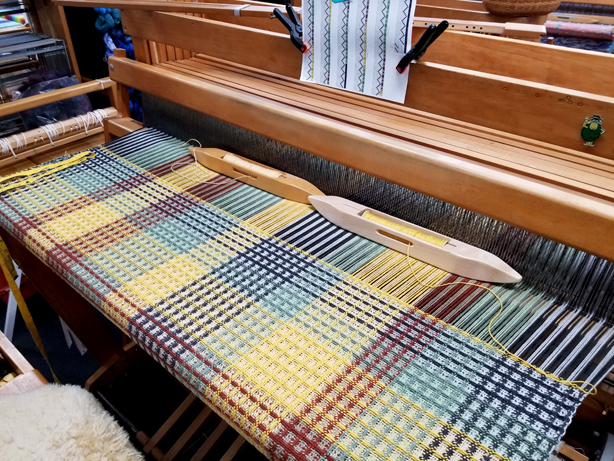
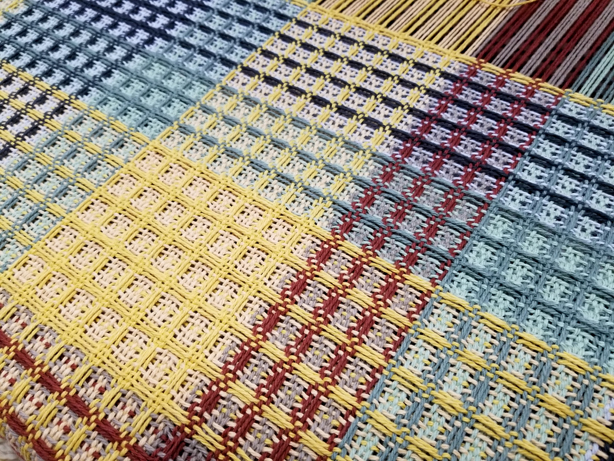
Oh, and right after the guild sale, I made a down filled pillow from a large square of handwoven fabric I found in my stash, which I wove back in 2005 I think? My first hand painted warp project. Leftover from this jacket. It is mine, and I have it on my bed when I want to sit up and read all about invasive plants.
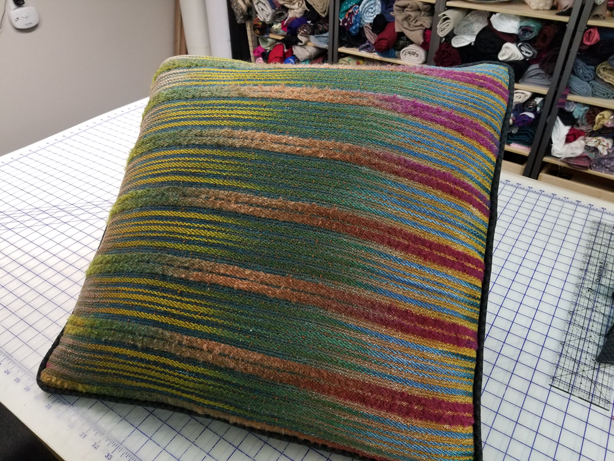
And so dear readers, I am furiously rehearsing for my last recorder concert of the season, you can find the info here, December 3rd in Montclair NJ. And tech week starts next weekend for the Shakespeare Theatre, so my roll as a stitcher will be finished. And my yard work is done. I hope life settles into a lovely winter routine, winter is when I usually get out the dye pots, so I’ll do a bit of that, which sketching out what I want to plant where in the gardens.
Hoping for a lovely holiday time for all of you my friends, no matter what you celebrate, fill it with things that make you happy and bring you joy, and surround yourselves with those who hold you in the light.
Stay tuned…
